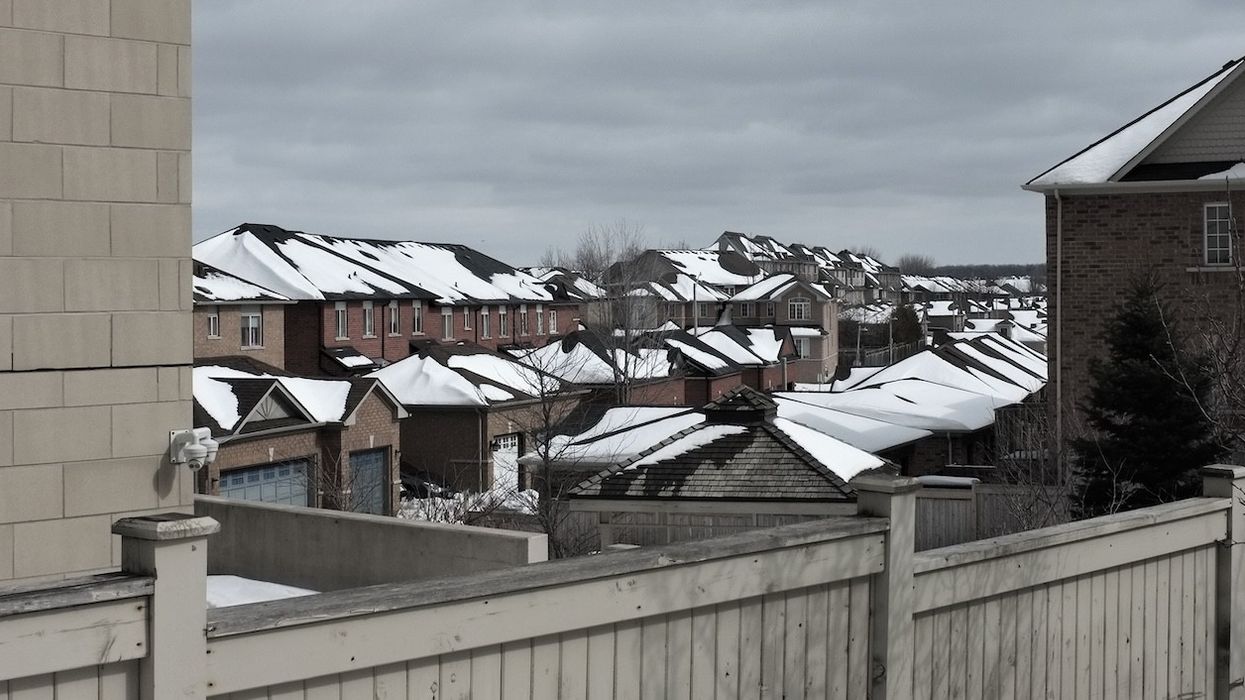It’s the cities that get our attention, but it’s the suburbs that need it. Especially when it comes to building the millions of residences needed to solve Canada’s affordable housing crisis.
Though not particularly pretty, interesting or exciting, the ‘burbs have long been where most Canadians live. As much as we might like to think of Canada as an “urban nation,” the fact is that most of us are committed suburbanites. And given the spatial generosity of traditional suburban planning, it’s appropriate that any attempt to deal with the dire lack of accommodation across Canada should focus on the suburbs. In fact, there’s reason to expect that most of the needed housing could be built in the suburbia.
For decades, the majority of Canadians have inhabited classic low-density, car-dependent, physically isolated communities built since the 1950s. Even in the best of times, there were compelling arguments against the sheer wastefulness of what Metropolitan Toronto’s first chair, Frederick Gardiner, famously called “multiplication by subdivision.” But they were easily ignored. Land seemed plentiful, gas was cheap and time loomed endless over the horizon. Alas, it wasn’t long before the suburban dream turned nightmarish.
But back in the post-war period, when Baby Boomers were still babies and still booming, long before climate change, congestion, corruption, corporate capitalism, income inequality and inflation started to squeeze the middle classes, downtown had lost its appeal. Serious academics wrote earnest papers about the demise of the city. It was no longer necessary, they insisted, the car would shrink time and space making even the furthest-flung cul-de-sac community accessible.
No wonder a controversial MIT report published in 1972, The Limits to Growth, predicted that civilization would collapse within a century. Fifty years later, its predictions of doom have not materialized. Yet many argue that’s just a matter of time. Indeed, a 2022 re-examination of the report confirmed its methodology and set the end date at 2040.
In the meantime, the return to urban living has driven the cost of housing beyond the reach of all but the richest Canadians. During the same period, the development industry, grown sclerotic and untrammelled by government, has lost its ability and interest in building anything much more than luxury residential towers and suburban sprawl. At the same time, governments have shown themselves unequal to the task of dealing with the housing shortage and, even if they were up to it, can’t act with the speed required to deal with a crisis countless thousands are experiencing now.
Sadly, the need for affordable housing is not felt as urgently by established homeowners who will have to participate in the rebuilding process, like it or not. Just last month, ignoring NIMBY complaints, Toronto City Council legalized multiplexes with up to four units in residential neighbourhoods. Their rationale was simple: Toronto faces a population increase of 700,000 by 2051. Ironically, the most vocal opponents were residents of North York, Scarborough and Etobicoke, the so-called “inner suburbs” that popped up around Toronto after World War II.
Despite their objections and Premier Doug Ford’s efforts, if housing is not going to be built on the Greenbelt, it will have to be in cities and suburbs. Contrary to appearances, vast swaths of suburbia are as well suited to densification as any location in southern Ontario. Mississauga, for example, has countless acres of underused space that now serves as malls, parking lots, grassy verges, street lanes and the like. Already the transformation has begun, nowhere more so than the increasingly condofied parking lot at Square One.
Mississauga’s outgoing mayor, Bonnie Crombie, has talked for years about urbanizing her city. So did her predecessor, Hazel McCallion, a.k.a. the Queen of Sprawl. The big hurdles will be affordability, the lack of adequate public transit and changing a culture that favours the individual over community.
Though progress is being made, the underlying obstacle remains the commodification of housing. The vaunted condo markets of Toronto and Vancouver rely largely on investors for their strength. In Toronto, investors bought 57% of condos sold between 2016 and 2021. In Vancouver, that number was 48%.
If one were needed, another grim sign of the extreme financialization of housing came in 2021 when Core Development Group of Toronto announced it would spend $1B to acquire single-family rental homes in mid-sized cities across Canada. If you think rents are bad now….
By contrast, in Finland, whose Housing First program is internationally lauded, it’s government that buys residential units to make them available to low-income families and even the homeless. The starting point is an understanding that the private sector is simply not going to build the housing needed by these groups.
Perhaps now’s the time to remember Churchill’s famous observation about never letting a good crisis go to waste. Though the housing shortage seems overwhelming, it presents an unprecedented opportunity to remake Canadian suburbs (and cities) so they are better able to provide affordable places to live and, in the doing, anticipate the demands of climate change. This could be the moment to discard the failed planning regimes of the last century and replace them with more appropriate models. Learning the lessons of the emergency will help Canada become the country it likes to think it is.





















